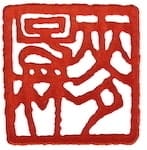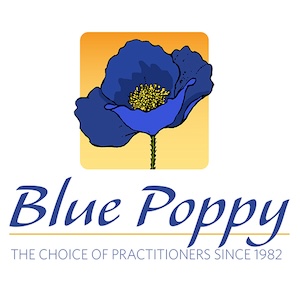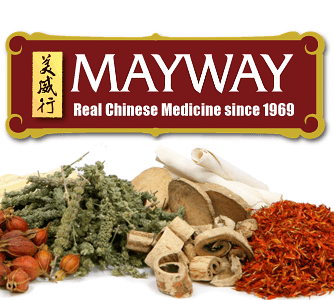The characters for acupuncture in Chinese, 針灸zhen jiu, literally translate as needle and moxa.
You surely were introduced to the cigar-like pole moxa and large cones of smoldering mugwort on slices of ginger or aconite in acupuncture school. Perhaps you also were exposed to the Japanese rice grain moxa techniques or burning balls of moxa on the head of needle. Not surprising there are a variety of forms of using Ai Ye to bring a kind of simulative heat into the body.
In this conversation we explore the use of moxa that is combined with touch, rhythm, warmth, and with an eye to the channel dynamics that Yoshio Manaka, one of the great masters of the 20th century, wrote about in Chasing the Dragon’s Tail.
Even if you don’t use much moxa in your clinical, you’ll find this percussive bamboo method goes beyond the simple induction of heat into the body. And indeed can be used in a variety of contexts where you’d usually employ a needle, but in this case, it’s motion, rhythm and moxa.
Listen in to this conversation that will have you looking at moxibustion in a whole new way.
In This Conversation We Discuss:
- What drew Oran to moxa
- Moxa with rhythm
- Old school acupuncture point tapping from 16th century Japan
- Manaka and frequencies of the body
- Treating a troublesome trapezius
- All this takes is a hollow bamboo tube and wakakusa moxa
- The Ontake Channel on YouTube
- Dr. Manaka’s legacy in the west
- Consider the (zi wu) Chinese clock
- Ontake works well with Balance Method correspondences
- Four channels sets
- Following the line of least resistance
- Using beats per minute to treat different meridian
- Book, YouTube and classes
Next time you have a patient or family member with a sore throat, try this neat piece of mirroring. Turn them over and warm up the midline on the sacrum. If you don’t have Ontake, use a moxa stick and keep pressing the heat in with your left hand. If you have a metronome, sparrow peck at 104 beats per minute. Keep going for a few minutes till the sacrum feels nice and warm. Then ask them how they feel!
 Oran Kivity, L.Ac
Oran Kivity, L.Ac
I’m a British acupuncturist living and working in Malaysia. I graduated from a TCM college in the UK in 1987 but after about ten years I retrained in Japanese acupuncture methods, namely Manaka-Style Acupuncture and later, Toyohari. Dr Manaka’s work introduced me to ideas about meridian frequencies and studying with the blind acupuncture teachers of the Toyohari Association opened my eyes (and hands) to the information stream from channel palpation.
In 2009 I got introduced to a very simple moxibustion tool in Japan, a piece of bamboo stuffed with moxa, and this triggered a Eureka moment, integrating all my previous disparate learnings and setting me on the path to become that Ontake guy, balancing channels with meridian frequency moxibustion.
Japanese acupuncture is usually very light, meaning treatment is minimal and palpation is soft. I take this lightness literally. While it’s important to be present when people are in pain, it’s also important to be make sessions fun, where appropriate. This is also true of teaching. People should enjoy what they learn and enjoy what they teach. I’ve had thirty years of fun practising acupuncture. I’m looking forward to thirty more.
Links and Resources
Visit the Ontake Channel on YouTube for some video lesson on using this warm bamboo moxa method
Oran, Brenda Loew, Stephen Birch and Junji Mizutani discuss Japanese acupuncture and moxibustion
Visit the Ontake Facebook group for more discussion on this gentle and effective method of treatment
Oran’s book Moxa in Motion is available on the big river of books in both kindle and paperback formats






